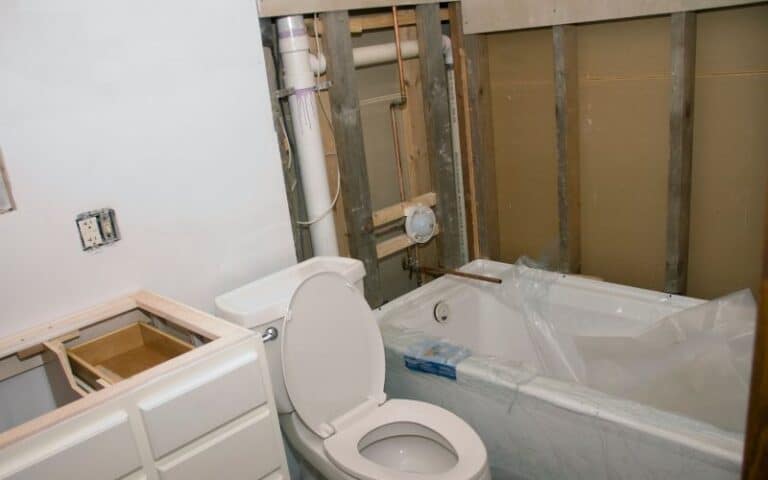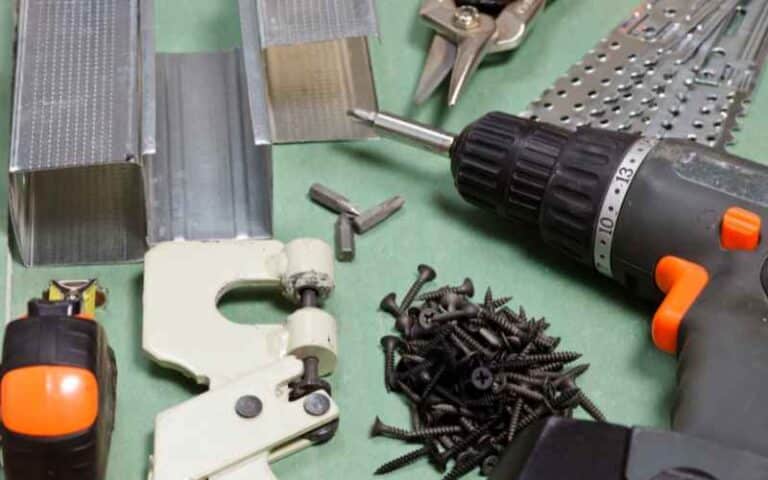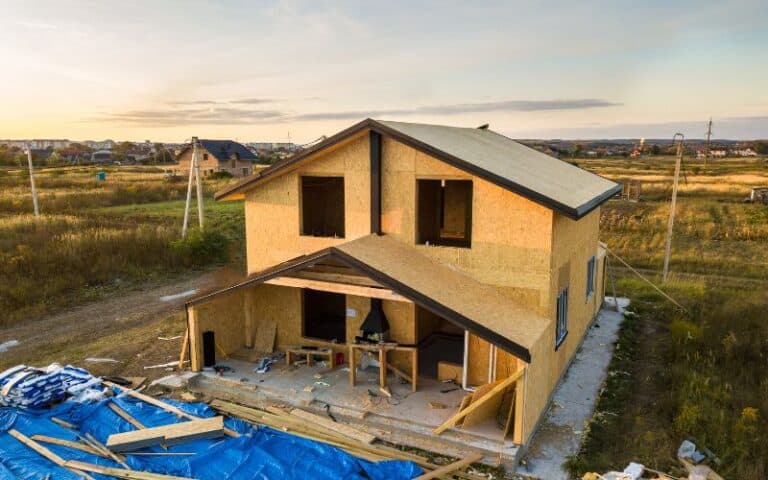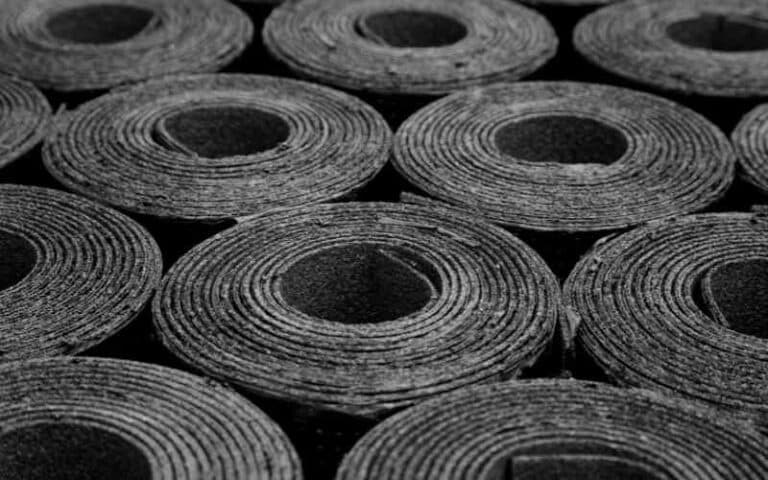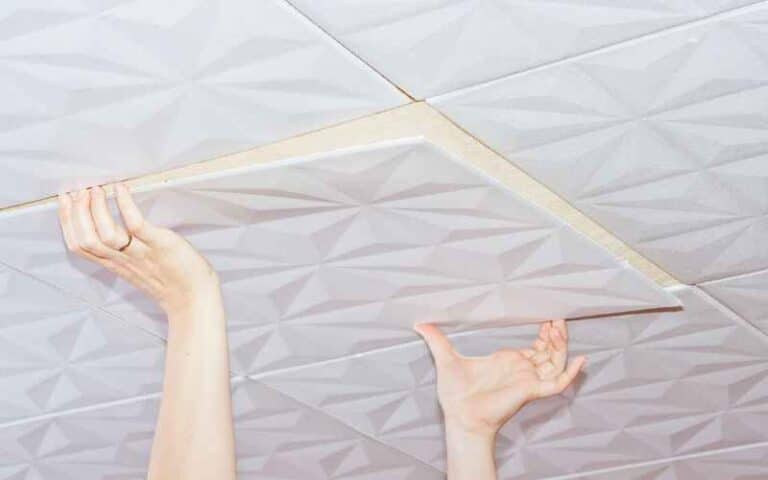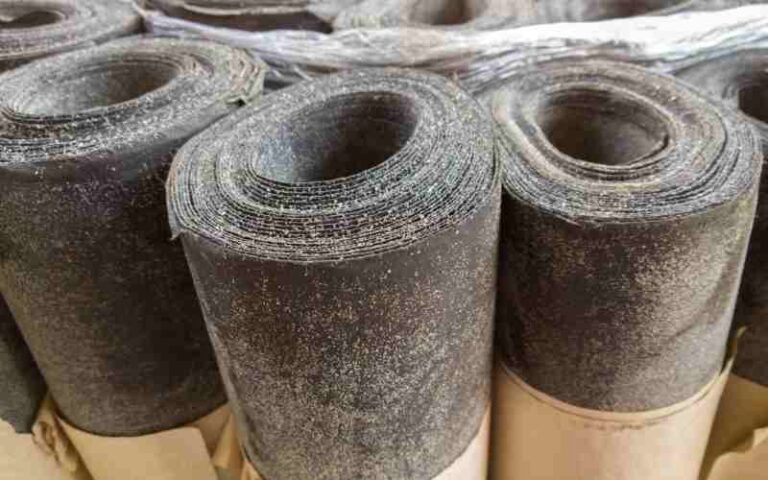Do you know that a whopping 180,000 people die from a fire outbreak annually?
The fire outbreak mostly happens when the occupants sleep inside the building, as the smoke can lull a person into a deep sleep.
That is why fire-rated ceilings, among others, are essential to preserve houses from fires and save time on the fire’s progression.
However, there are different types of fire-rated ceilings. In this article, you’ll learn about a 2-hour fire-rated ceiling.
You can get a two-hour fire-rated ceiling by combing a double layer of 5/8″ drywall. The 5/8″ thick panel drywall is also known as the type X. It provides a fire protection rate of about 40 minutes to one hour. Therefore, combining two layers will ensure a fire safety rate for two hours.
Ready for a Roofing Quiz?
Ready for a Drywall Quiz?
What is the Meaning of a 2-Hour Fire Rate?
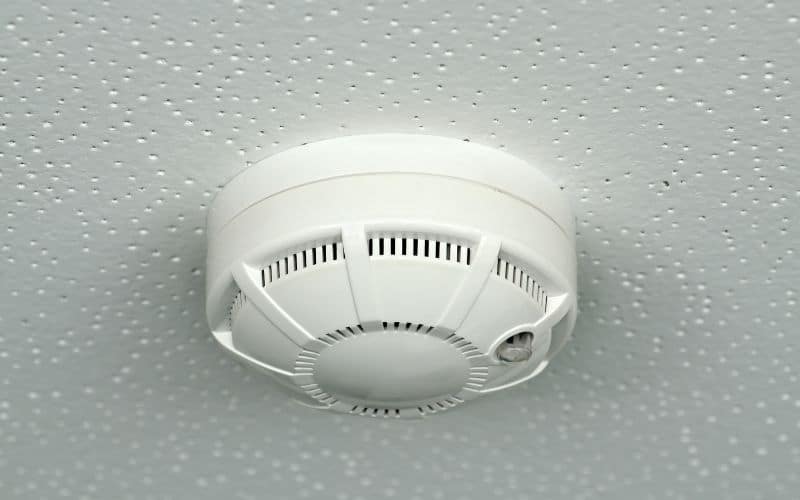
A 2-hour fire rate is the duration/rate in which a material can last when exposed to fire. A 2-hour fire can is meant to allow people to evacuate from the area of the fire.
Moreover, a fire rate allows a building to endure until emergency personnel intervenes.
Therefore, when you see a 2-hour fire-rated ceiling, it can endure the flames for two hours before failing. A fire rating is frequently utilized between various area types in a building.
There are two criteria you can use to evaluate the fireproof rating capacity of a material:
- The reaction of the material to fire: Does the fire easily ignite the material, or did the material not allow the fire to feed on it?
- By observing this, you can tell if a material is fire rated or not.
- Fire resistance: This indicates the time the material takes before it gets damaged by the fire.
- The fire rating performance of the ceiling limits the spread of fire to the other rooms.
- Hence, it allows the evacuation of the occupants and the intervention of the emergency services.
How Do You Get a 2-Hour Fire-rated Ceiling?
You can get a 2-hour fire-rated ceiling by combining two layers of 5/8 Type X drywall. However, to understand this more, you’ll need to know what drywall is.
In our modern world today, drywall has been a key construction material. Drywall is primarily composed of Gypsum and paper.
As the main component of drywall, Gypsum is used in many modern constructions because it’s not combustible. The constructions include buildings, roads, and bridges, among others.
As one of the most popular building materials, Gypsum is also very fire-resistant and has low thermal conductivity.
Therefore, using Gypsum as a ceiling means fire won’t immediately impact it. Different characteristics affect fire resistance depending on the kind and quantity of aggregate used.
In general, natural aggregates perform less effectively. Moreover, there are different types of drywall tape according to their thickness.
Below is a table that summarizes the different types of drywall and their applications.
| Drywall thickness | Application |
|---|---|
| 1/4’’ thick panel drywall | To cover pre-existing drywall. |
| 3/8’’ thick panel drywall | For repairing purposes. |
| 1/2’’ thick panel drywall | One of the standard dimensions for interior designs. |
| 5/8’’ thick panel drywall | As a ceiling for its greater fire resistance. |
| Type C thick panel drywall | As a ceiling for its greater fire resistance. |
One layer of Type X drywall ensures that a building made of this material will have 45 to an hour of fire protection.
It has become normal practice to incorporate two layers of type X drywall within a building’s perimeter.
To attain this necessary level of fire safety, 2 hours of fire protection has become the American standard for fire safety.
Furthermore, when choosing the best fire-resistant ceiling for different buildings or rooms, you must consider the necessary fire protection classification for the compartment.
A fire can be structured in three well-differentiated stages:
- Initiation and growth: The first fire phase is when the material begins to combust slowly.
- This phase ends when the materials, foams, or products begin to burn.
- The heat and temperatures at this time are low, but with the minutes, they increase.
- Development: Once the fire advances, the development stage begins, where the fire begins to expand, and the room becomes unstable.
- At this time, there is thermal instability where temperatures rise, and toxic gases often impede vision.
- Extinction: Once the temperatures begin to drop and the gases are reduced, it is in the extinction phase.
How Many Gypsum Layers Make a 2-hour Fire-rated Ceiling?
Two layers of 5/8″ type X gypsum make a two-hour fire-rated ceiling. However, you can use one layer of 5/8″, then follow the layer by application of in-tumescent paint.
The fire resistance of a material measures the time it can remain stable in a fire situation. The more resistance, the more time will be left for rescue work.
In case of a fire outbreak, you must consider the fire resistance capacity of the material.
When choosing one type of material, you must always ensure that they comply with all standards and certificates through controls and tests.
The Reaction of Materials To Fire
The reaction to fire consists of measuring the behavior of the panels in case of contact with the flame.
In the case of construction materials, previous tests and controls are usually carried out to check how the product reacts in the first phases of a fire.
The elements or properties consider in these cases are;
- That the material or product is as combustible as possible.
- Low combustion level: The difficulty to which a material burns, develops heat, and produces smoke and toxic substances.
- Regulation of heat produced. This variable determines its propagation through the building.
- Flame spread. The index measures the speed with which the flame expands throughout the structure of a material.
- Some materials, such as polystyrene and PVC, can generate certain gases, such as hydrogen chloride, which are corrosive to metals.
How Much Does a 2-Hour Rated Ceiling Cost?
A two-hour fire-rated ceiling costs about $14 – $20. It’s a good decision to change your ceiling to a fire-rated one.
However, it’s best when you consult the help of a fire inspector and tell them about your plan. The reason is that the fire rating requirement differs from town to town or building to building.
The secret is to develop a structure that would burn slowly, giving residents plenty of time to flee.
That is also why materials are graded according to how long it would take for a fire to impact their ability to support structural integrity.
Benefits of a Fire-rated Ceiling
The main advantage of a fire-rated ceiling lies in its fire tolerance. It adapts to all house rooms and is the best solution for optimal protection against fire.
Still, besides that, it is easy to install and is accessible to everyone, whether in terms of price or availability.
Depending on the plate thickness, it can offer excellent sound insulation, and its thermal comfort can be improved by combining it with good insulation.
The space between the place plate and its support is ideal for concealing the various electrical cables, the recessed lights, and the wires necessary for their power supply.
All You Need To Know: Green Board On Ceiling
Conclusion
When it comes to safety, prevention is better than cure. Therefore, while constructing or renovating a house, fireproof materials are essential to preserve buildings from fires and save time on the fire’s progression.
We hope with the guide in this article, you’ve got full knowledge of what a fire-rated ceiling is and why it’s important.

